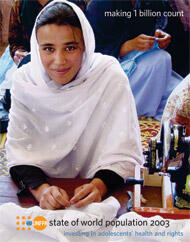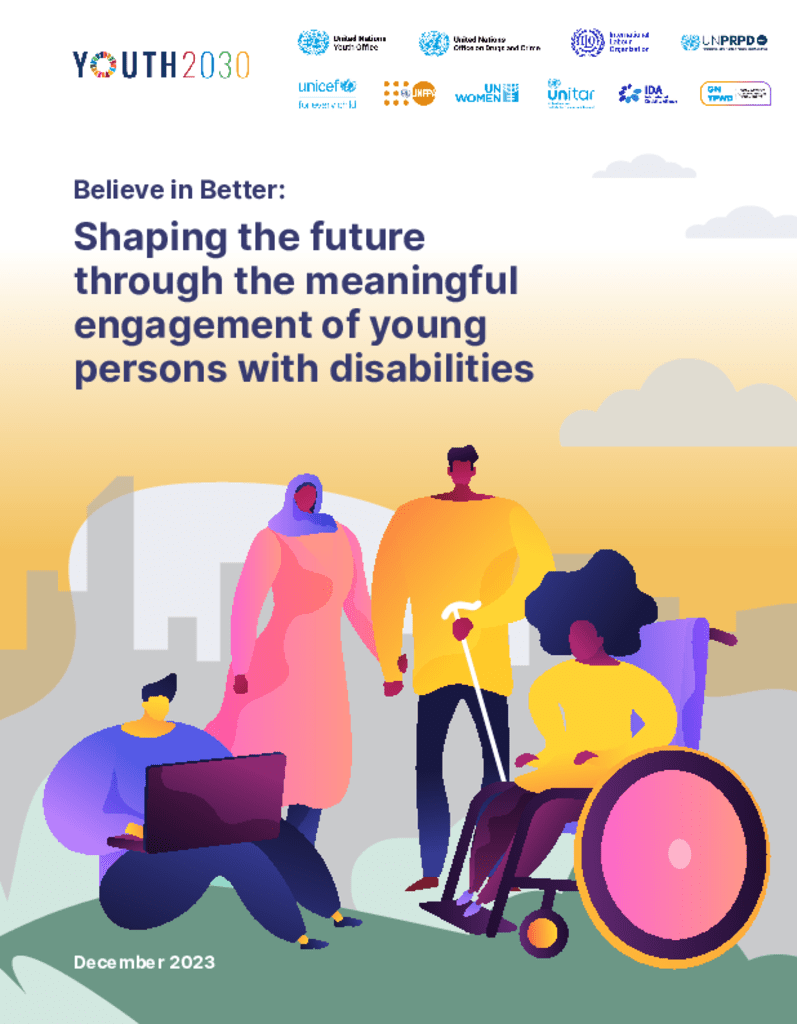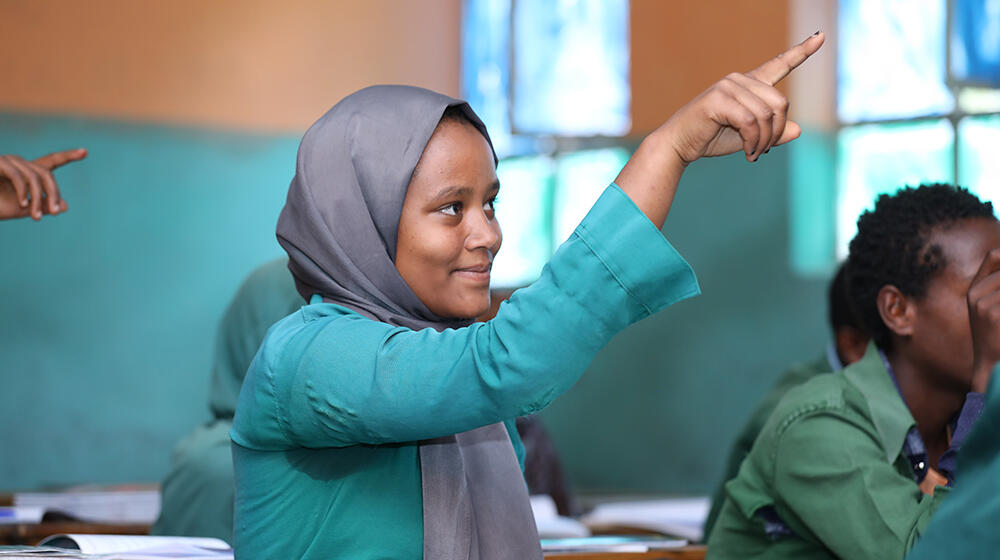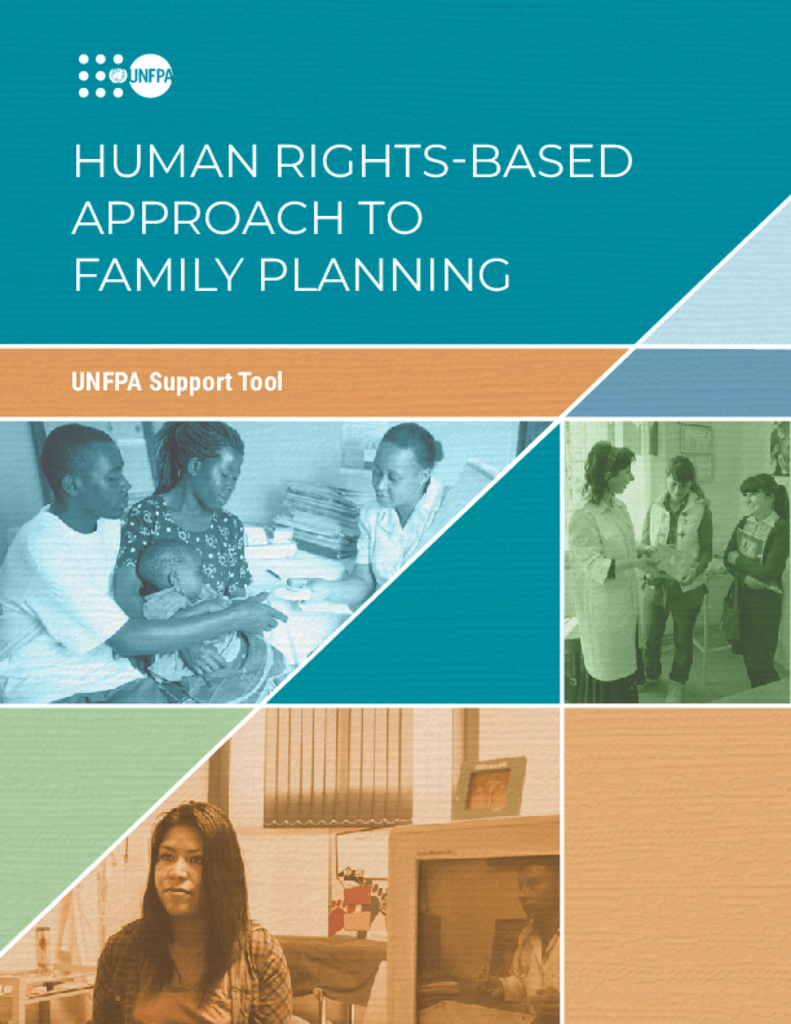Some 1.2 billion people--one person in five--are between ages 10 and 19, the largest number of adolescents in history. Half of them are poor; one in four live in extreme poverty, on less than $1 a day. This year's State of the World Population report examines their condition, in the context of changing social norms and lifestyles, including weakening of family support systems, amid globalization and urbanization. The report provides country-specific examples of projects that combine life skills education, including sexuality education, and peer counselling with access to services and points out the high costs and social consequences of failing to adequately meet adolescents' reproductive health and rights.





